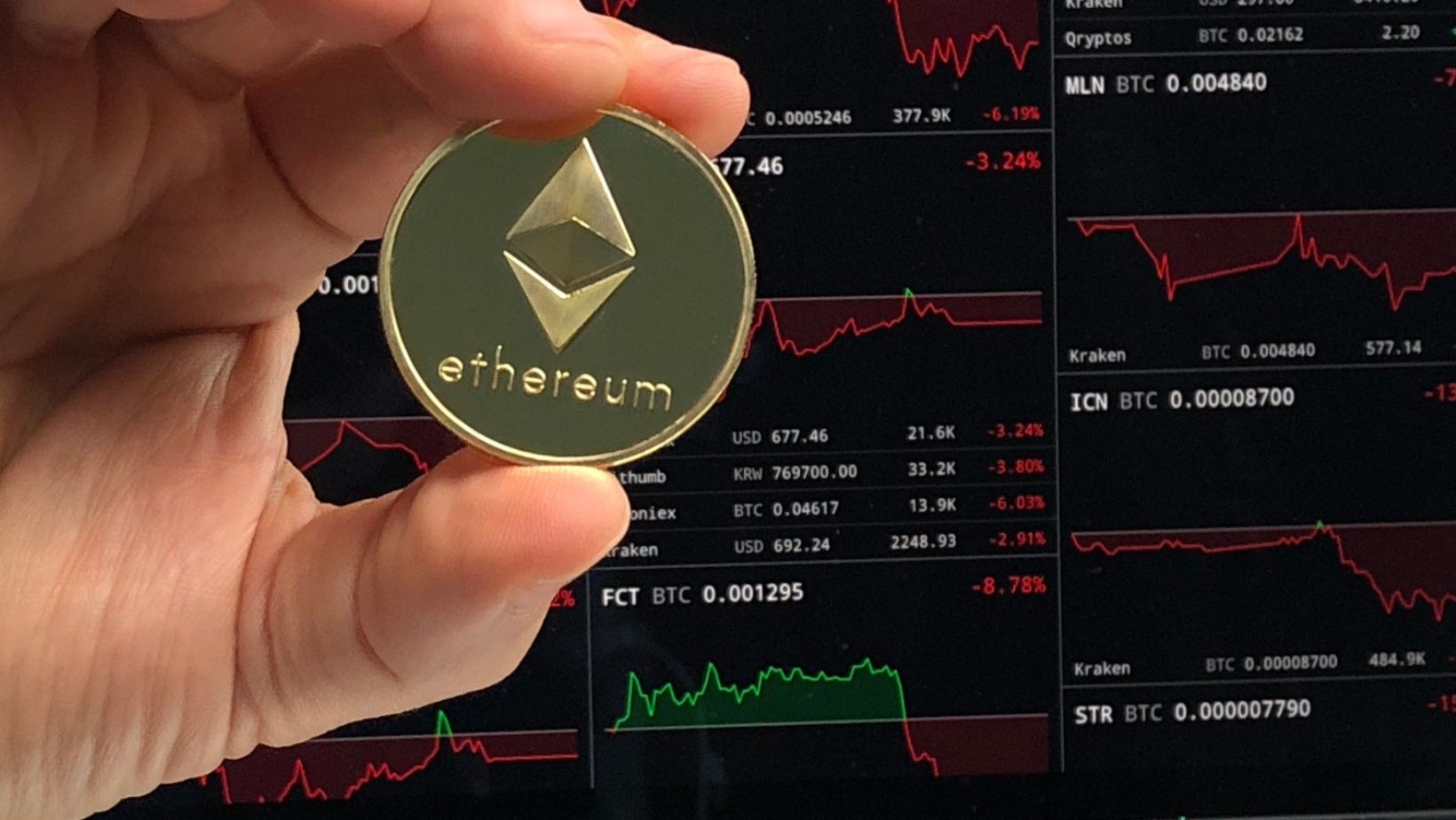Ethereum is one of the most influential blockchain platforms in the world. Since its launch in 2015, it has grown into a foundation for decentralized finance, smart contracts, and non-fungible tokens (NFTs). While many people compare Ethereum to bitcoin, the two serve different purposes. Bitcoin is often called digital gold, whereas Ethereum is more like a decentralized computer that powers an entire ecosystem of applications.
In this article, we will explain what Ethereum is, how it works, why it matters, and what factors influence Ethereum price today.
Understanding Ethereum
Ethereum is an open-source, blockchain-based platform designed to allow developers to build and deploy decentralized applications (dApps). Unlike traditional apps that run on centralized servers, dApps run on a distributed network of computers. This design makes them resistant to censorship and downtime, since no single party controls the system.
The native cryptocurrency of the Ethereum network is called Ether (ETH). People often use “Ethereum” and “Ether” interchangeably, but technically, Ether is the currency while Ethereum is the underlying blockchain. Ether is used to pay for transactions, interact with applications, and secure the network.
The Role of Smart Contracts
One of Ethereum’s most important innovations is the smart contract. A smart contract is a self-executing program stored on the blockchain. It automatically enforces the rules and conditions written in its code.
For example, imagine an insurance contract that pays out automatically if certain weather conditions are met. On Ethereum, this contract would not need a third party to verify claims; the blockchain itself executes the agreement once the conditions are satisfied.
This concept makes Ethereum far more flexible than bitcoin, which was primarily designed for peer-to-peer payments. Developers can use Ethereum’s programming language, Solidity, to create everything from decentralized exchanges to NFT marketplaces.
How Ethereum Works
Ethereum, like bitcoin, is built on blockchain technology. A blockchain is a distributed ledger that records every transaction across a global network of computers (nodes). Each new set of transactions is grouped into a “block,” which is then added to the chain of previous blocks.
Originally, Ethereum used a Proof-of-Work (PoW) system to validate transactions, which required miners to solve complex mathematical puzzles. However, in 2022, Ethereum transitioned to Proof-of-Stake (PoS) through an upgrade known as The Merge.
With PoS, validators secure the network by staking Ether. Instead of solving puzzles, validators are chosen to confirm transactions based on how much ETH they have locked up as collateral. This change made Ethereum more energy-efficient and positioned it for future scalability.
Why Ethereum Matters
Ethereum is more than just a cryptocurrency—it is an entire ecosystem. Some of its major use cases include:
- Decentralized Finance (DeFi) – Platforms like Uniswap, Aave, and MakerDAO allow people to lend, borrow, and trade assets without banks.
- Non-Fungible Tokens (NFTs) – Digital art, music, and collectibles use Ethereum’s token standards for ownership verification.
- Decentralized Autonomous Organizations (DAOs) – Communities that govern themselves using blockchain-based voting systems.
- Enterprise Blockchain Solutions – Companies are experimenting with Ethereum for supply chain management, identity verification, and more.
Because of these wide-ranging applications, demand for Ether remains strong, which directly affects the price of Ethereum on the open market.
Factors Influencing the Price of Ethereum
Like other cryptocurrencies, the price of Ethereum is shaped by multiple factors:
- Network Activity – Higher usage of DeFi apps, NFT markets, or new dApps increases demand for ETH.
- Technological Upgrades – Improvements like sharding or rollups, which lower transaction costs, can make Ethereum more attractive.
- Market Sentiment – News about regulation, partnerships, or security issues can influence investor confidence.
- Competition – Other blockchains, such as Solana and Cardano, compete for developers and users, which can impact Ethereum’s dominance.
- Macroeconomic Trends – Global economic conditions, inflation, and investor appetite for risk play a role in how ETH is valued.
For investors, understanding these factors is key when evaluating the long-term potential of Ethereum.
Conclusion
Ethereum has proven itself as much more than a digital currency. With its programmable blockchain, smart contracts, and massive developer community, it has become the backbone of decentralized finance, NFTs, and countless innovations in the Web3 space.
While its future depends on continued adoption and successful upgrades, Ethereum remains one of the most important technologies in the crypto ecosystem. The price of Ethereum may fluctuate with market cycles, but its role as the infrastructure of decentralized applications gives it long-term significance.





